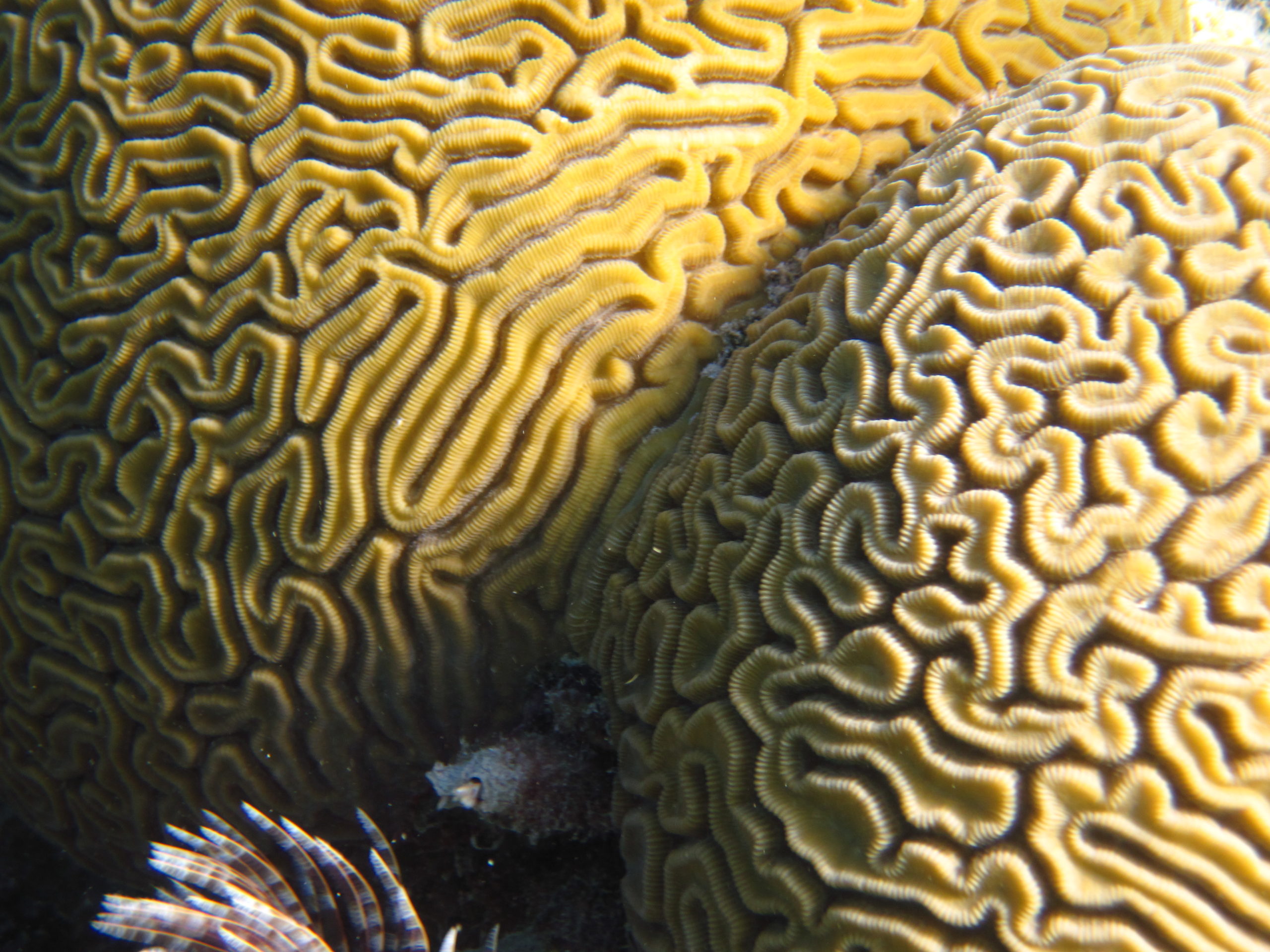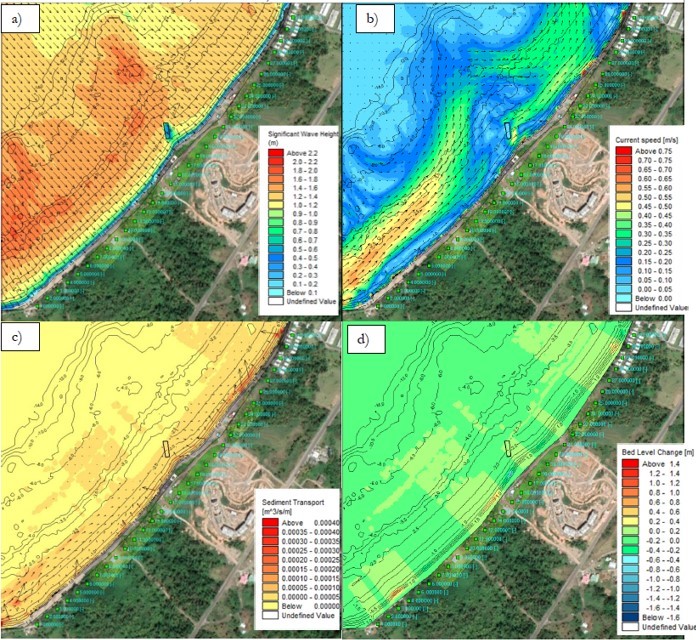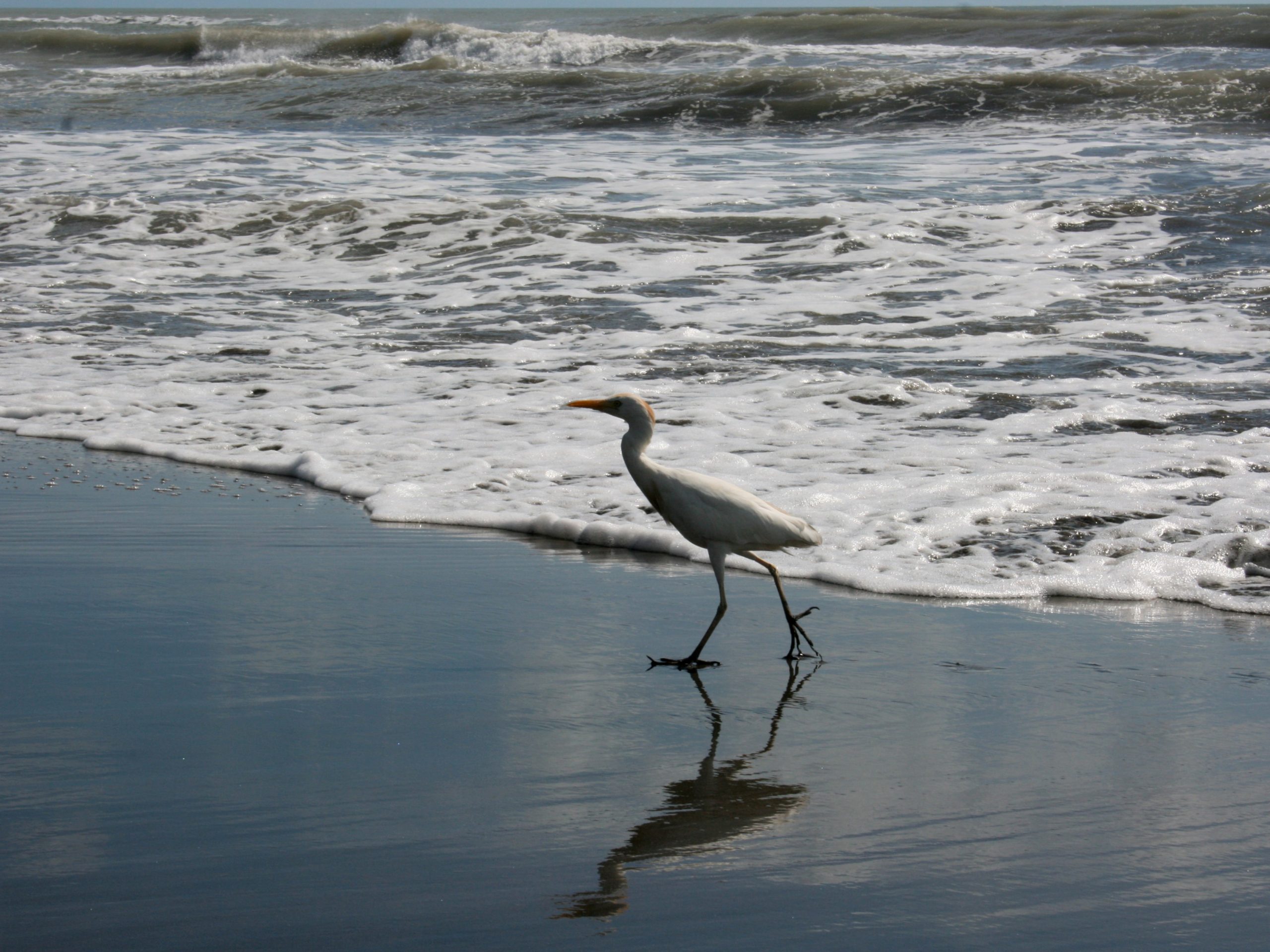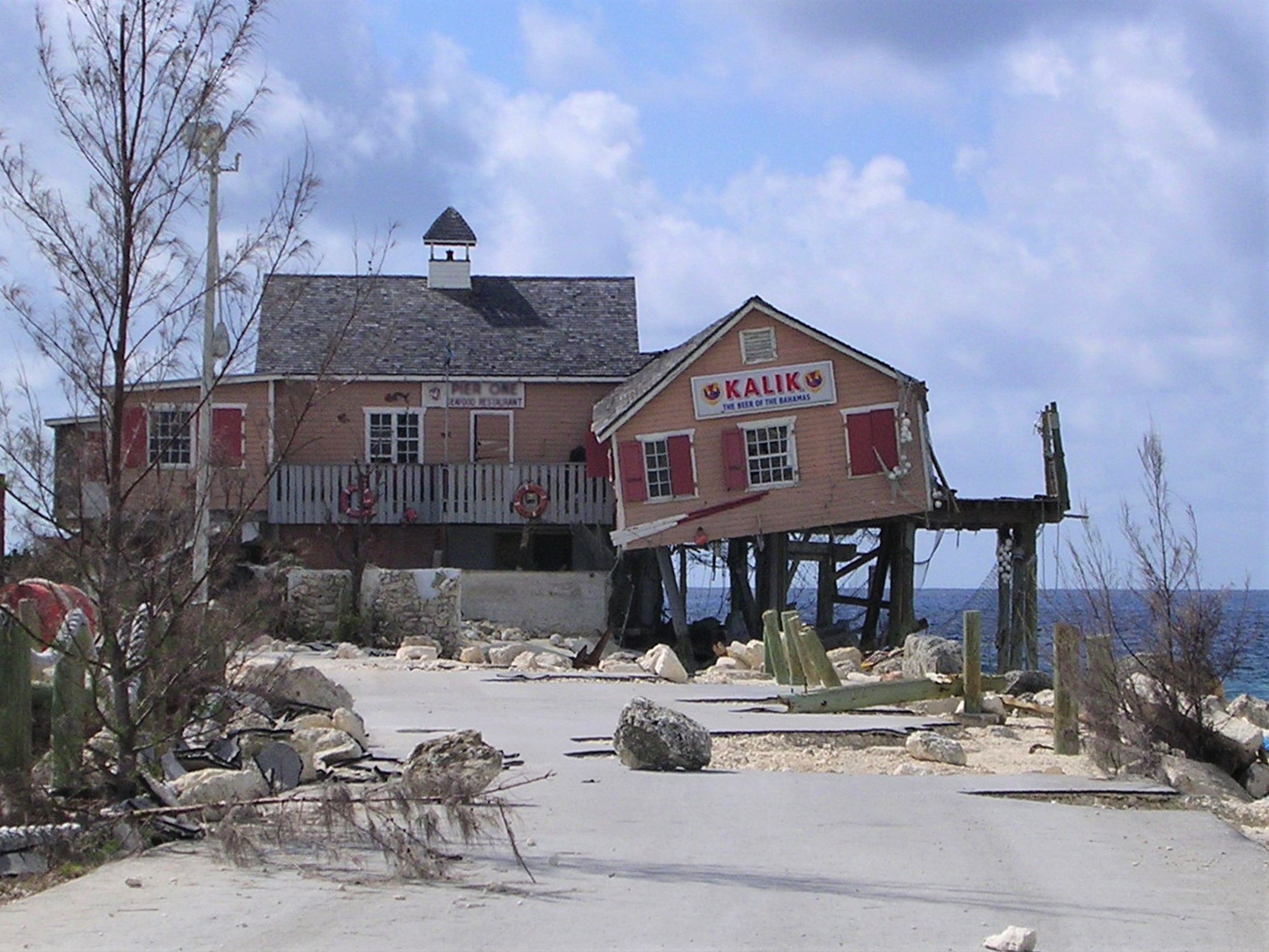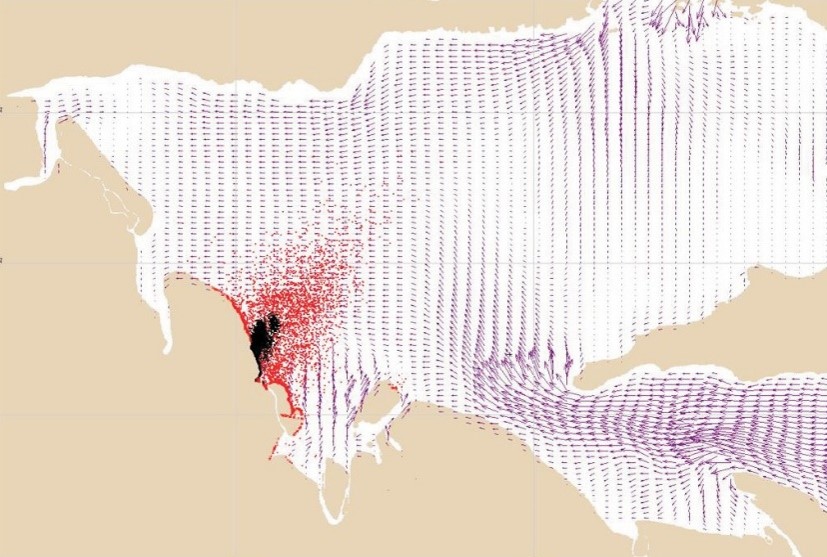Coastal Environmental Impact Assessment
The coastal areas of our islands support ecosystems that are critical to local economies. We start by understanding your project needs and then propose solutions that satisfy you, the environment, and the requirements of the local environmental or planning department. Regulations vary throughout the Caribbean, and our regional experience ensures that we understand the process in each jurisdiction.
Whether protecting, enhancing, or developing a shoreline, we devise and adopt strategies to mitigate or altogether avoid negative impacts to the environment and to your neighbours. We are passionate about our islands and engineering. What’s good for the environment and for each other is good for business.
